Do you want your child to grow up bilingual or multilingual? Do you wonder how to introduce more than one language to your toddler without confusing them? If so, you are not alone. Many parents around the world want their children to learn multiple languages and reap the benefits of being multilingual.
But how do you go about teaching multiple languages to your toddlers? Is there a right or wrong way to do it? What are some tips and tricks to make language learning fun and effective for your little ones?
In this blog post, we will answer these questions and more. We will also share some infographics that illustrate the benefits of language learning and some strategies to teach multiple languages to your toddlers.
Why Teach Multiple Languages to Your Toddlers?
There are many reasons why you might want to teach multiple languages to your toddlers. Here are some of the most common ones:
- Cultural and family reasons: You might want your child to learn the language of your heritage, or the language of your spouse or partner. You might also want your child to communicate with relatives or friends who speak a different language.
- Educational and cognitive reasons: You might want your child to have an advantage in school and in life by being bilingual or multilingual. Research shows that learning multiple languages can improve academic skills, memory, problem-solving, creativity, and critical thinking.
- Social and emotional reasons: You might want your child to develop empathy, tolerance, and respect for other cultures and people by learning multiple languages. Learning multiple languages can also boost self-confidence, self-expression, and identity formation.
Whatever your reasons are, teaching multiple languages to your toddlers can be a rewarding and enriching experience for both you and your child.
How Many Languages Can Toddlers Learn at Once?
One of the most common questions that parents have is how many languages can toddlers learn at once. The answer is: it depends.
There is no definitive answer to this question, as different factors can affect how many languages a child can learn at once. Some of these factors include:
- The languages that the parents speak: If both parents speak different languages, then the child can naturally learn both languages from birth. If one parent speaks more than one language, then the child can also learn those languages from that parent. If both parents speak the same language, then they can introduce another language through other sources, such as books, videos, music, or classes.
- The exposure and input that the child receives: The more exposure and input that the child receives in each language, the more likely they are to learn it. Exposure means how often and how long the child hears or sees the language. Input means how rich and meaningful the language is for the child. For example, reading a book, singing a song, or having a conversation are more effective ways of providing input than just watching TV or listening to the radio.
- The motivation and interest that the child has: The more motivated and interested the child is in learning a language, the more likely they are to learn it. Motivation and interest can be influenced by various factors, such as the relevance of the language to the child’s life, the attitude of the parents and others towards the language, and the feedback and encouragement that the child receives.
Based on these factors, some children can learn two or three languages at once, while others might find it easier to focus on one language at a time. There is no right or wrong way to do it, as long as you provide enough exposure, input, motivation, and interest for each language.
How to Teach Multiple Languages to Your Toddlers?
There are many ways to teach multiple languages to your toddlers. Here are some of the most common ones:
- Use two languages from the start: Many children grow up learning two languages at once. This can happen if each parent speaks a different language to the child (one parent one language), or if both parents switch between two languages with the child (mixed language). This way, the child learns both languages naturally and simultaneously.
- Use one language at home: If both parents speak the same language that is different from the community language, then they can use that language at home with the child (minority language at home). This way, the child learns one language at home and another language outside (such as at school or with friends). This can help maintain a balance between both languages.
- Introduce another language later: If both parents speak the same language that is also the community language, then they can introduce another language later on (such as when the child is 3 or 4 years old). This can be done through various sources, such as books, videos, music, classes, tutors, or trips. This way, the child learns one language first and then adds another one.
There is no one best way to teach multiple languages to your toddlers. You can choose the method that suits your family situation, preferences, and goals. The most important thing is to be consistent, supportive, and positive about your child’s language learning.
Tips and Tricks to Make Language Learning Fun and Effective for Your Toddlers
Here are some tips and tricks to make language learning fun and effective for your toddlers:
- Read with your child: Reading is one of the best ways to expose your child to new words, sounds, and structures in each language. You can read books, magazines, comics, or online articles with your child, and talk about the characters, events, and personal experiences. The conversation can be multilingual.
- Listen to music and sing: Music and singing are great ways to introduce another language to your child. You can listen to songs, nursery rhymes, or podcasts in each language, and sing along with your child. You can also make up your own songs or change the lyrics of existing ones.
- Play games and do activities: Games and activities are fun ways to practice and reinforce each language with your child. You can play board games, card games, puzzles, or online games in each language, and use the language to give instructions, ask questions, or make comments. You can also do crafts, cooking, gardening, or other activities that involve using the language.
- Watch videos and shows: Videos and shows are entertaining ways to expose your child to different accents, dialects, and cultures in each language and for English you can check out Club Baby EDU on YouTube as well as their official website for English Language Learning. You can watch cartoons, movies, documentaries, or YouTube videos in each language, and discuss the plot, characters, or facts with your child. You can also use subtitles or captions to help your child understand the language.
- Use infographics: Infographics are visual explanations that can help your child learn new words, concepts, or facts in each language. You can use infographics to explain adjectives, verbs, idioms, tenses, or vocabulary in a simple and engaging way. You can also create your own infographics with your child using online tools.
Teaching multiple languages to your toddlers can be a wonderful and rewarding experience for both you and your child. It can also have many benefits for your child’s academic, cognitive, social, and emotional development.
There are many ways to teach multiple languages to your toddlers, depending on your family situation, preferences, and goals. The most important thing is to provide enough exposure, input, motivation, and interest for each language.
You can also make language learning fun and effective for your toddlers by using various sources and strategies, such as reading, music, games, videos, and infographics.
We hope this blog post has given you some ideas and inspiration on how to teach multiple languages to your toddlers. Happy language learning!
When starting off teaching your toddler English as their first, second or third language,
look no further than ClubBaby.edu, where learning is always fun!
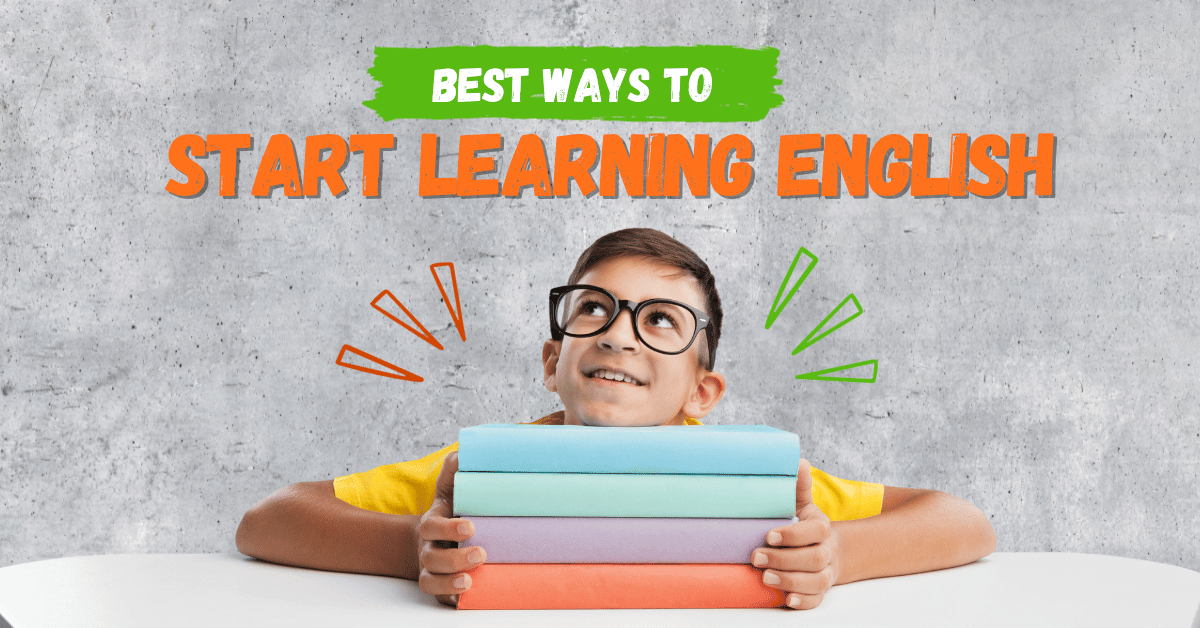


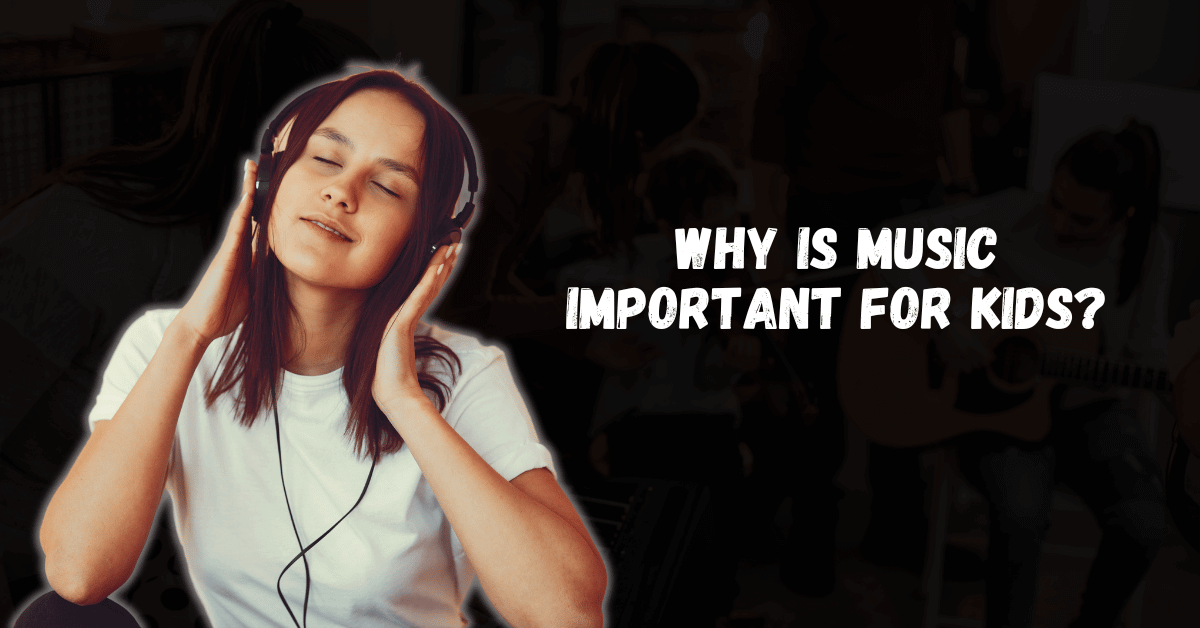
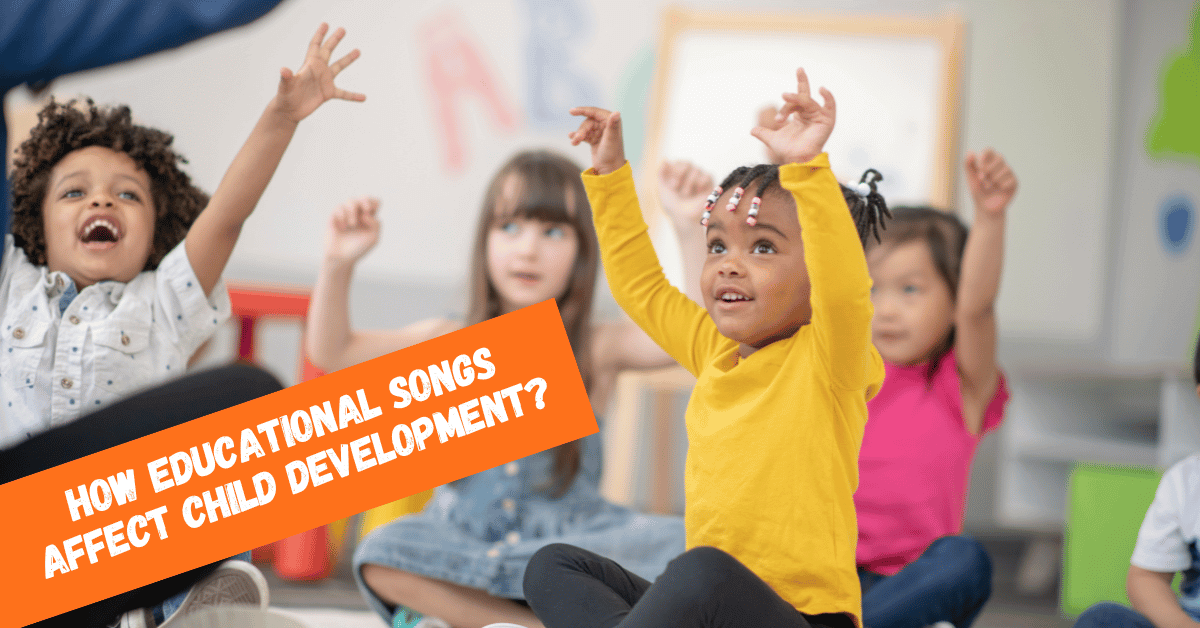

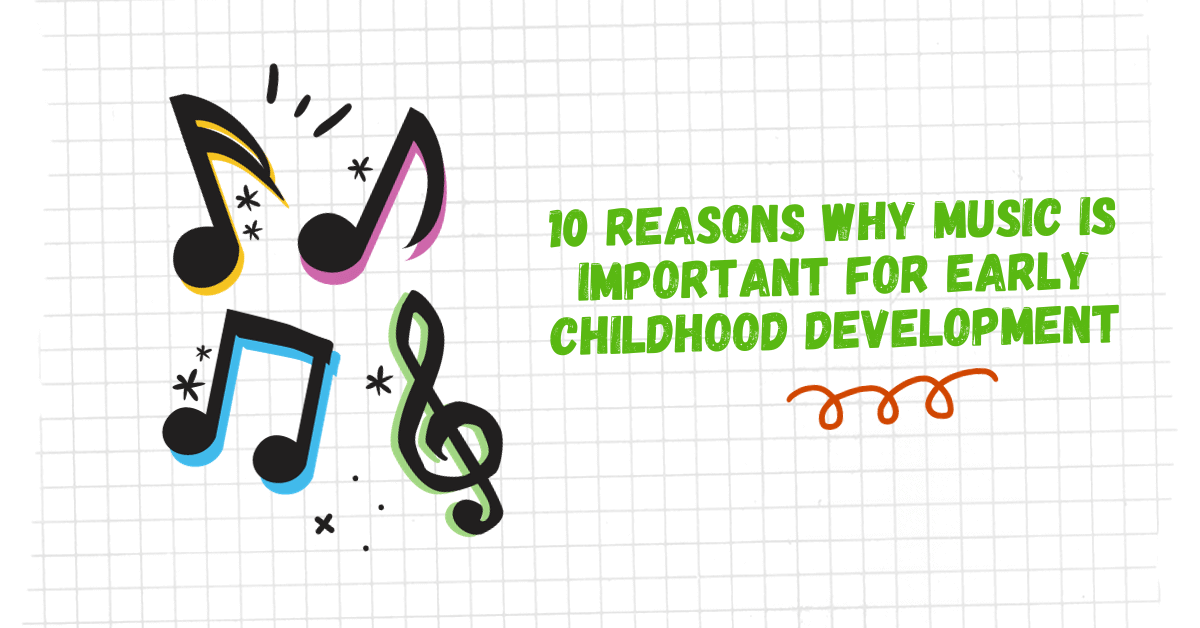
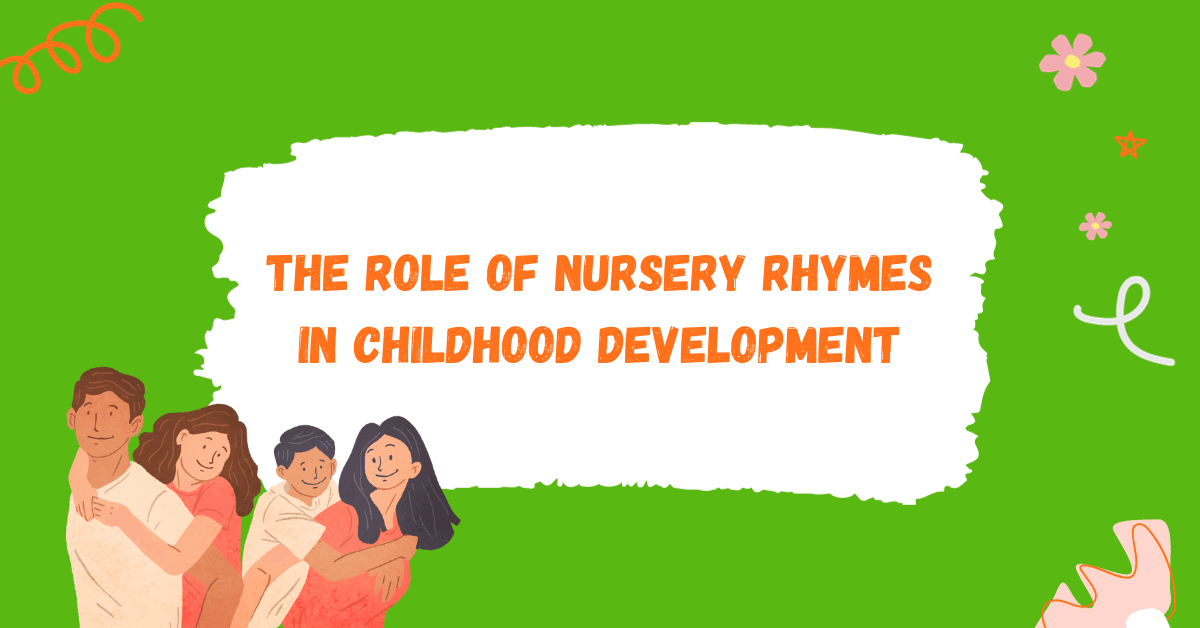

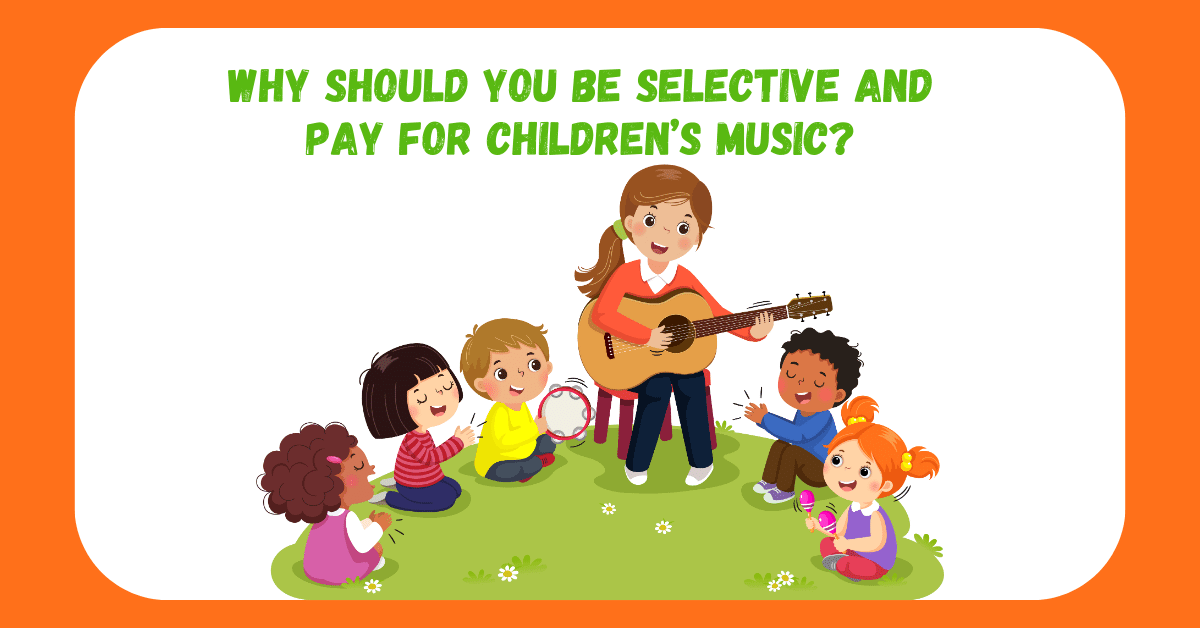
0 Comments